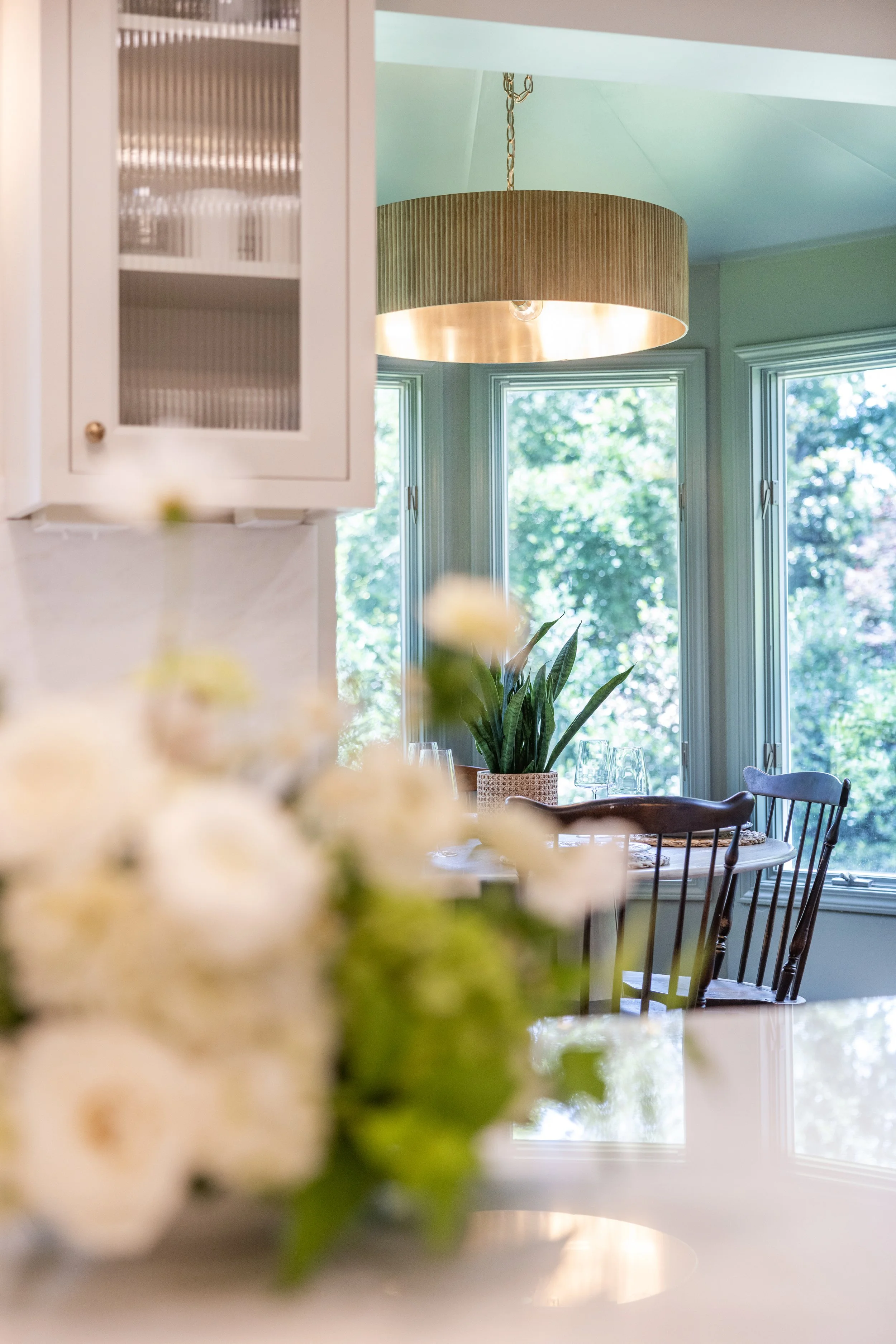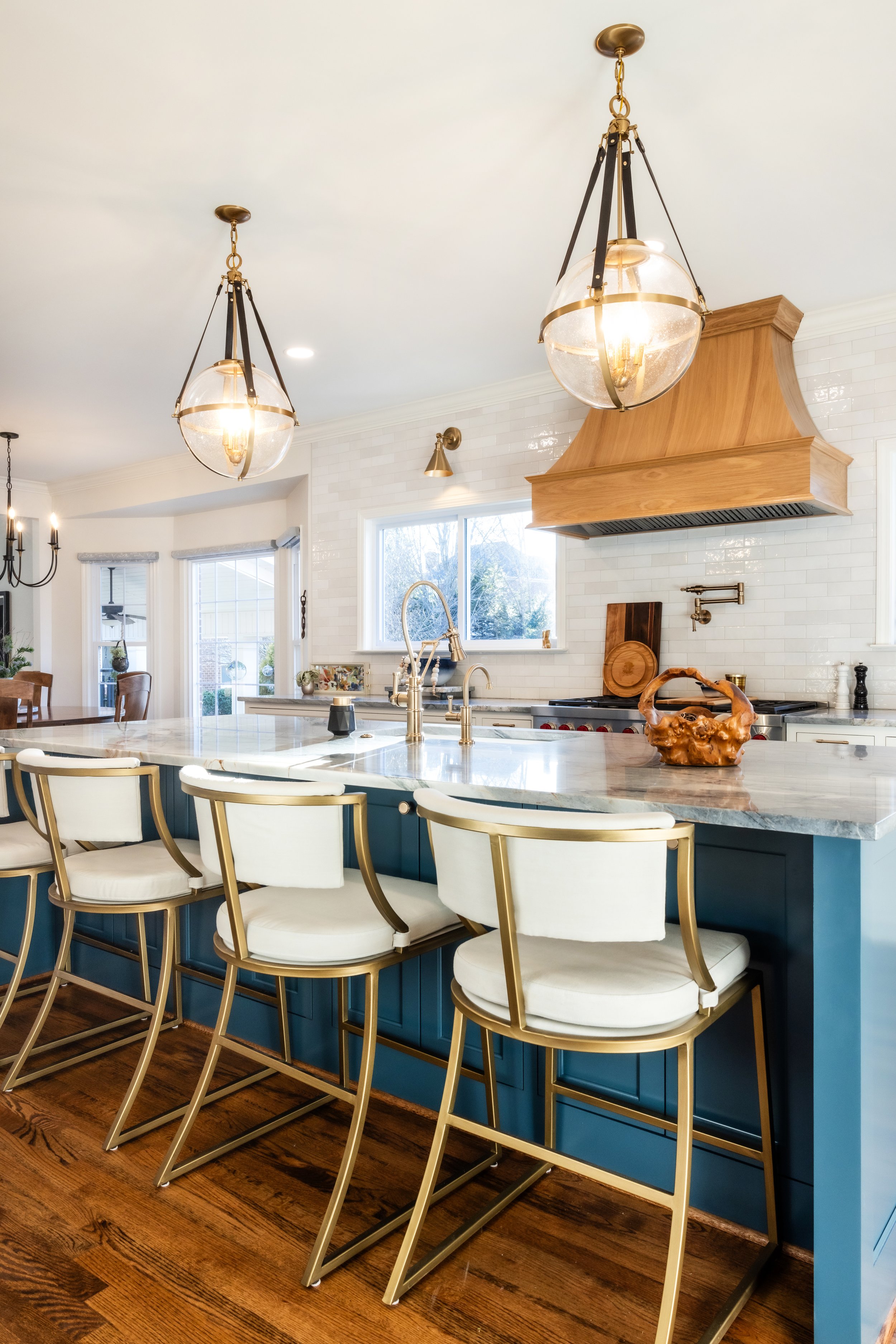Style Guide: How To Choose the Perfect Freestanding Tub for Your Bathroom Remodel
Freestanding tubs are a popular must-have feature in bathroom remodels for their versatility and effortless ability to elevate the look of any bathroom. In fact, we included freestanding tubs as one of our Top 3 Bathroom Remodeling Trends for 2024, but this is one trend we expect to be here to stay.
So, if you’re looking to remodel your bathroom, and want to include a freestanding tub in your bathroom design, then this guide is for you! We’ll walk you through the decision process, helping you get the best freestanding tub for your space that you’ll love for years to come.
If you’re looking for more bathroom how-to guides, check out our 3-step process for mixing and matching tile.
Our steps for choosing the best freestanding tub:
Greer, SC Bathroom Remodel with Freestanding Tub
Determine the Dimensions
The first step in selecting the perfect freestanding tub is to determine the dimensions that will best suit your space. Unlike built-in tubs, which are confined to specific alcoves, freestanding tubs offer more flexibility in terms of size and placement. Here's how to nail down the dimensions:
Measure Your Space
Start by measuring the area where you plan to install the tub. Consider both length and width, as well as the height of the space if you're opting for a taller soaking tub. Make sure to account for any doors, windows, or other fixtures that might impact the placement of the tub.
Consider Your Needs
Think about how you plan to use the tub. Are you looking for a cozy spot for solo relaxation, or a hub for bath time chaos? Factor in the comfort and space requirements for your intended use.
Account For Clearance
Ensure there's enough clearance around the tub for easy access and cleaning. This will vary depending on the plumbing fixtures you select. A foot of space between the base of the tub and surrounding walls or fixtures is a safe measurement.
Take Note of Plumbing
Consider the location of existing plumbing lines and drains in your bathroom. Choosing a tub that aligns with your current plumbing configuration can help streamline the installation process and minimize costs.
Decide Your Tub’s Style
Once you've determined the dimensions, it's time to narrow down the style of freestanding tub that best compliments your bathroom aesthetic. From classic clawfoot designs to sleek modern silhouettes, there's a wide range of styles to choose from. Here's how to find the perfect match:
Define Your Aesthetic
Consider the overall design style of your bathroom. Are you going for a vintage-inspired look, or do you prefer clean lines and contemporary finishes? While many tubs are white, there are different options of colors, materials, and finishes available.
Think About Shape
Freestanding tubs come in a variety of shapes, including oval, rectangular, and round. Think about which shape best suits your space and personal preferences. Oval tubs offer a classic look and ample bathing space, while rectangular tubs are great for modern, minimalist designs.
Explore Design Features
Look for design features that enhance both form and function. Built-in armrests, ergonomic contours, and sloped backs can enhance comfort and relaxation. Pay attention to details like overflow openings and drain placement for added convenience.
Consider Material
The material of your freestanding tub not only affects its appearance but also its durability and maintenance requirements. Common materials include acrylic, cast iron, fiberglass, and stone resin. Each material has its own unique characteristics, so choose one that aligns with your budget and lifestyle.
Choose a Material
The material of your freestanding tub plays a crucial role in its durability, maintenance, and overall aesthetic. Here's a closer look at some popular options:
Acrylic
Acrylic tubs are lightweight, affordable, and easy to clean, making them a popular choice for many homeowners. They're available in a wide range of shapes, sizes, and colors, making it easy to find one that suits your style.
Cast Iron
Cast iron tubs are known for their durability and heat retention properties. They have a timeless, classic look that can add elegance to any bathroom. However, they are heavier and more expensive than acrylic or fiberglass options.
Fiberglass
Fiberglass tubs are lightweight, affordable, and easy to install. They're available in a variety of styles and colors, making them a versatile option for budget-conscious remodelers. However, they may not be as durable as other materials and can scratch or fade over time.
Stone Resin
Stone resin tubs offer the beauty of natural stone with added durability and easy maintenance. They're resistant to scratches, stains, and fading, making them ideal for high-traffic bathrooms. Keep in mind that stone resin tubs tend to be more expensive than other options.
Select a Faucet
Selecting the right faucet for your freestanding tub is the finishing touch that can elevate its style and functionality. Here's what to consider when choosing a faucet:
Freestanding vs. Wall-Mounted
Decide whether you want a freestanding faucet that sits beside the tub or a wall-mounted faucet that attaches to the wall behind the tub. Freestanding faucets offer more flexibility in terms of placement, while wall-mounted faucets can save space and create a sleek, streamlined look.
Style and Finish
Consider the style and finish of the faucet to ensure it complements the design of your tub and bathroom. Choose a finish that matches other fixtures in the space, such as brushed nickel, chrome, or oil-rubbed bronze. Select a faucet style that reflects your personal taste, whether it's classic, modern, or somewhere in between.
Functionality
Think about the functionality you need from your faucet. Do you want a single-handle or dual-handle design? Are you interested in additional features like a hand shower or waterfall spout? Consider how you plan to use the tub and choose a faucet that meets your specific needs.
Installation Requirements
Make sure the faucet you choose is compatible with your tub's design and installation requirements. Some freestanding tubs come with pre-drilled faucet holes, while others require wall-mounted or floor-mounted faucets. Check the manufacturer's specifications and consult with a plumber if needed to ensure a seamless installation process.
Before and After Gallery
In conclusion, determining your dimensions, style, material, and faucet type will get you well on your way to choosing the best freestanding tub for your bathroom remodel. Selecting the right tub for your bathroom is a great way to ensure a luxurious, yet cohesive look in your bathroom design.
Looking for more freestanding tub inspiration? Check out these bathroom remodels:
Selections
Paint:
Bathroom walls are Misty (SW 6232).
Vanity and Wainscoting are painted Dark Night (SW 6237).
Hard Surfaces:
Tile selected through Clayton Tile.
Flooring: 12” x 24” Charm Evo Michaelangelo in Extra White by Landmark Ceramics.
Shower Walls: 4” x 16” white gloss tile by B&F Ceramics in a bricklay pattern.
Shower Niche and Floor: 1” x 1” mosaic tile by B&F Ceramics, Hyde Park Collection.
Polished, Montgomery Quartz countertops by Upstate Granite Solutions.
Plumbing Fixtures and Accessories:
63” freestanding tub by Signature Hardware, Rassi Collection.
Faucets and fixtures are by Delta, Stryke Collection in Brilliance Stainless finish.
Cabinet knobs and pulls are by Amerock, Stature Collection in Satin Nickel

















































